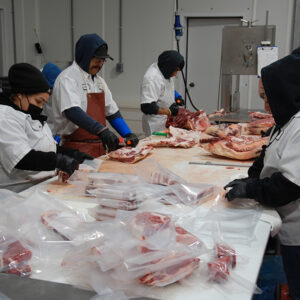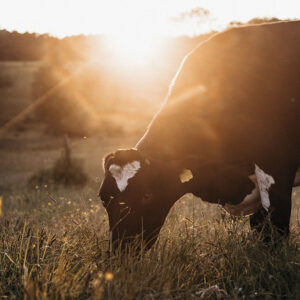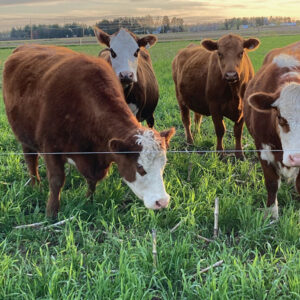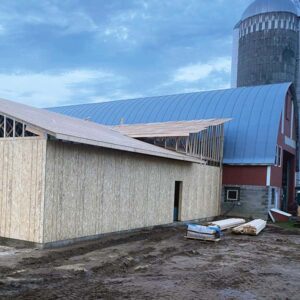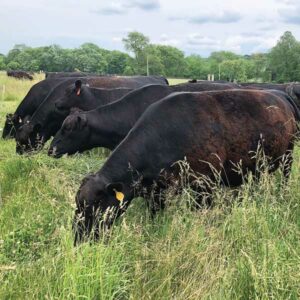Grazing 300-plus days a year in the north
By Martha Hoffman Kerestes
Loganville, Wisconsin — Darren Yanke and his family graze a grassfed beef herd in the hills of southwestern Wisconsin, and one of the farm’s aims is to feed as little hay as possible.
“My goal is to graze for 360 days a year,” Darren says. “I’m not sure if it’s gonna happen or not.”
Last year was the first 300-day grazing season, and he thinks there’s plenty of upward possibility. Darren guesses that 330 days of grazing would be a reasonable average, since this part of the country usually has a month sometime in the winter where things are iced over and grazing isn’t very feasible. Snowfall is usually moderate and the cows graze through the snow without issues.
Most people in his area feed hay for five or six months over the winter. Darren wants to use the money saved on hay for other pasture expenses including more winter watering spots so more parts of the farm are available for stockpile grazing.
Finding the limits of grazing days per year is just one way the Yankes are experimenting with the grazing operation to find new practices that work for the farm.
“We’re pushing the boundaries all the time,” he says. “I don’t want to be traditional. I want to keep pushing forward, doing what other people aren’t doing, staying in front of the curve.”
Continue reading “Pushing the boundaries of grazing”

